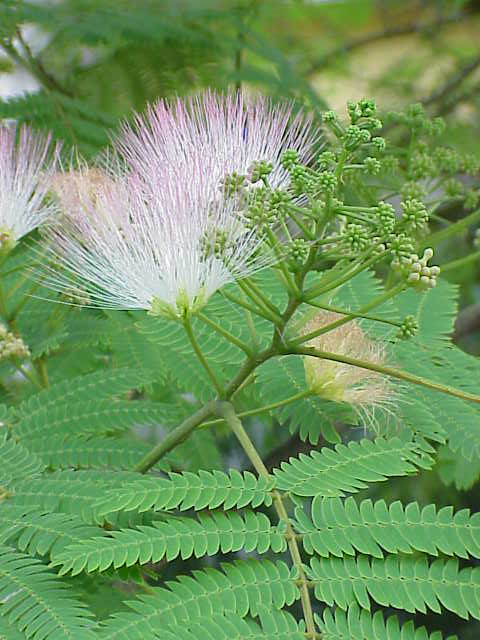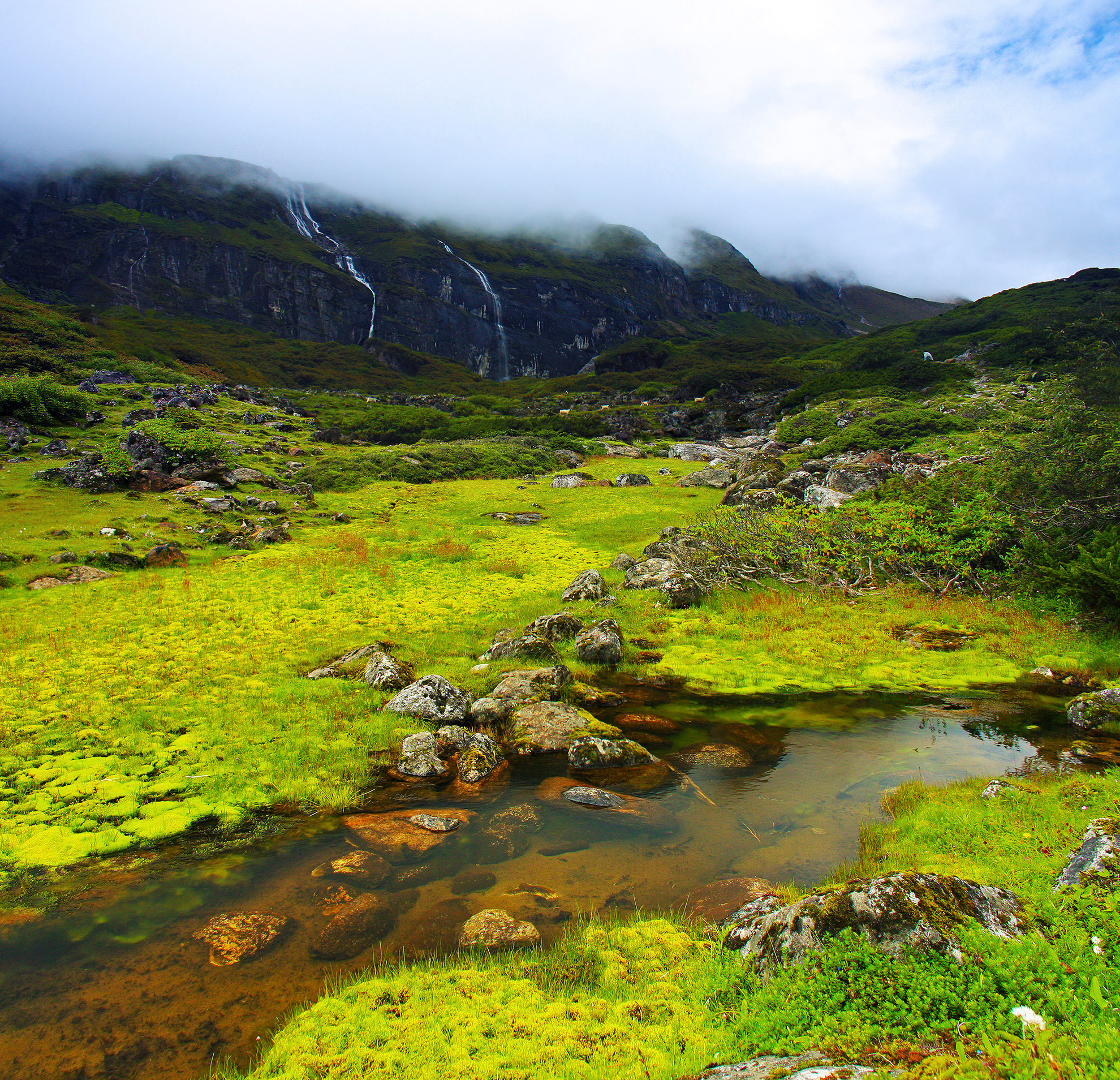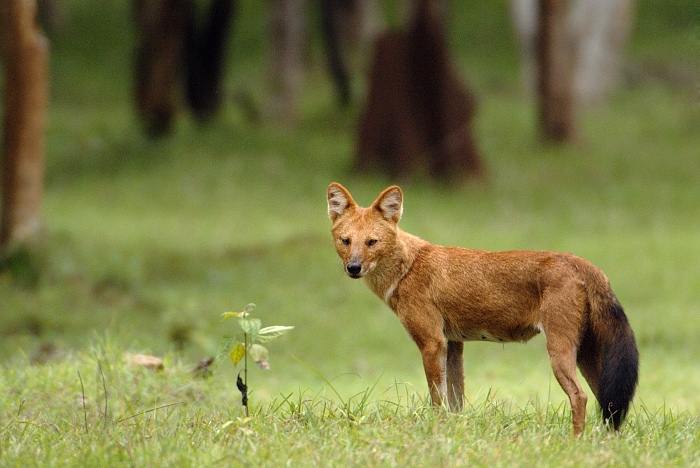|
Protected Areas Of Nepal
The protected areas of Nepal cover mainly forested land and are located at various altitudes in the Terai, in the foothills of the Himalayas and in the mountains, thus encompassing a multitude of landscapes and preserving a vast biodiversity in the Palearctic and Indomalayan realms. Nepal covers in the central part of the Himalayas. Altitudes range from in the south-eastern Terai to at Mount Everest within a short horizontal span. This extreme altitudinal gradient has resulted in 11 bio-climatic zones ranging from lower tropical below to nival above in the High Himalayas, encompassing nine terrestrial ecoregions with 36 vegetation types. Botanists recorded 1,120 species of non-flowering plants and 5,160 species of flowering plants. Nepal ranks 10th in terms of richest flowering plant diversity in Asia. Zoologists recorded 181 mammal species, 844 bird species, 100 reptile species, 43 amphibian species, 185 freshwater fish species, and ... [...More Info...] [...Related Items...] OR: [Wikipedia] [Google] [Baidu] |
Terai
The Terai or Tarai is a lowland region in northern India and southern Nepal that lies south of the outer foothills of the Himalayas, the Sivalik Hills, and north of the Indo-Gangetic Plain. This lowland belt is characterised by tall grasslands, scrub savannah, Shorea robusta, sal forests and clay rich swamps. In North India, the Terai spreads from the Yamuna River eastward across Haryana, Uttarakhand, Uttar Pradesh, Bihar and West Bengal. The Terai is part of the Terai-Duar savanna and grasslands ecoregion. The corresponding lowland region in West Bengal, Bangladesh, Bhutan and Assam in the Brahmaputra River basin is called 'Dooars'. In Nepal, the term is applied to the part of the country situated north of the Indo-Gangetic Plain. Nepal's Terai stretches over , about 23.1% of Nepal's land area, and lies at an elevation of between . The region comprises more than 50 wetlands. North of the Terai rises the Bhabar, a narrow but continuous belt of forest about wide. Etymology The Urdu ... [...More Info...] [...Related Items...] OR: [Wikipedia] [Google] [Baidu] |
Chitwan National Park
, iucn_category = II , location = Central Terai of Nepal , established = 1973 , nearest_city = Bharatpur , map = Nepal Bagmati Province#Nepal#India#South Asia , relief = 1 , label = Chitwan National Park , label_position = top , coordinates = , area_km2 = 952.63 , governing_body = Department of National Parks and Wildlife Conservation , embedded1= , visitation_num = , visitation_year = , photo=Chitwan swamp.jpg Chitwan National Park is the first national park of Nepal. It was established in 1973 and was granted the status of a World Heritage Site in 1984. It covers an area of and it is located in the subtropical Inner Terai lowlands of south-central Nepal in the districts of Nawalpur, Parasi, Chitwan and Makwanpur. In altitude it ranges from about in the river valleys to in the Sivalik Hills. In the north and west of the protected area the Narayani-Rapti river system forms a natural boundary to human settlements. Adjacent to the east of Chitwan National ... [...More Info...] [...Related Items...] OR: [Wikipedia] [Google] [Baidu] |
Annapurna Conservation Area
Annapurna Conservation Area is Nepal's largest protected area covering in the Annapurna range of the Himalayas. It ranges in elevation from to the peak of Annapurna I at . The conservation area stretches across Manang, Mustang, Kaski, Myagdi, and Lamjung Districts. Annapurna Conservation Area encompasses Annapurna Sanctuary and is known for several trekking routes including Annapurna Circuit. History The Annapurna Conservation Area was established in 1985 and gazetted in 1992. It is managed by the National Trust for Nature Conservation The National Trust for Nature Conservation (NTNC), () previously known as King Mahendra Trust for Nature Conservation is a Nepalese non-governmental organization working in the field of nature conservation. History It was established in 1982 as .... Climate Two climatic regions within a span of and an elevation of are distinguished. Rainfall in the southern part of the Annapurnas is higher than in the rain shadow to the north of the pea ... [...More Info...] [...Related Items...] OR: [Wikipedia] [Google] [Baidu] |
Koshi Tappu Wildlife Reserve
The Koshi Tappu Wildlife Reserve is a protected area in the Terai of eastern Nepal covering of wetlands in the Sunsari, Saptari and Udayapur Districts. It comprises extensive reed beds and freshwater marshes in the floodplain of the Kosi River, and ranges in elevation from . It was established in 1976 and designated as a Ramsar site in December 1987. It hosts Nepal's last remaining herd of the wild water buffalo (''Bubalus arnee''). History During 1997 to 1998, an interview survey was conducted in the Paschim Kasuha VDC adjacent to the east of the reserve to investigate the extent of park–people conflict. The findings showed that wild water buffalo and wild boar were major crop raiders between September and February. Large numbers of cattle were found grazing freely inside the reserve. Local people are responsible for illegal utilization of forest products, poaching and river fishing inside the reserve. In 2005, the reserve together with the Koshi Barrage was identified as ... [...More Info...] [...Related Items...] OR: [Wikipedia] [Google] [Baidu] |
Parsa National Park
Parsa National Park is a protected area in the Inner Terai lowlands of south-central Nepal. It covers an area of in the Parsa, Makwanpur and Bara districts and ranges in altitude from to in the Siwalik Hills. It was established as a wildlife reserve in 1984. A bufferzone declared in 2005 comprises . In 2015, the protected area has been extended by . Since 2017, it has the status of a National Park. In the north of the protected area the Rapti River and Siwalik Hills form a natural boundary to human settlements. In the east it extends up to the Hetauda – Birgunj highway. In the south, a forest roads demarcates the boundary. Adjacent to the west is Chitawan National Park. Together with the Indian Tiger Reserve Valmiki National Park, the coherent protected area of represents the ''Tiger Conservation Unit (TCU) Chitwan-Parsa-Valmiki'', which covers a block of alluvial grasslands and subtropical moist deciduous forests. Before being converted to a protected area, the regio ... [...More Info...] [...Related Items...] OR: [Wikipedia] [Google] [Baidu] |
Shuklaphanta National Park
Shuklaphanta National Park is a national park in the Terai of the Far-Western Region, Nepal, covering of open grasslands, forests, riverbeds and tropical wetlands at an elevation of . It is bounded by the Mahakali river in the west and south. A small part extends north of the Mahendra Highway to create a wildlife corridor for seasonal migration of wildlife into the Sivalik Hills. It was gazetted in 1976 as ''Royal Shuklaphanta Wildlife Reserve'' and was enlarged to its presence size in the late 1980s. A buffer zone of was added in 2004. It receives a mean annual rainfall of and harbours 700 floral, 456 bird, 56 reptile and 15 amphibian species. History The name ''Suklaphanta'' was derived from one of the grasslands called inside the protected area. The main grassland called ''Sukla Phanta'' is the largest patch of continuous grassland in Nepal covering an area of about . The area was a favourite hunting ground for Nepal's ruling class and was declared a ''Royal Hunting Reser ... [...More Info...] [...Related Items...] OR: [Wikipedia] [Google] [Baidu] |
Banke National Park
Banke National Park is located in the Lumbini Province and was established in 2010 as Nepal’s tenth national park after its recognition as a "Gift to the Earth".DNPWC (2010)''Banke National Park'' Government of Nepal, Ministry of Forests and Soil Conservation, Department of National Parks and Soil Conservation The protected area covers an area of with most parts falling on the Churia range. The park is surrounded by a buffer zone of in the districts of Banke, Salyan and Dang.Bhushal, R.P. (2010)''Nod to Banke National Park.'' The Himalayan Times, 13 May 2010 Together with the neighboring Bardia National Park, the coherent protected area of represents the ''Tiger Conservation Unit (TCU) Bardia-Banke''. Vegetation The vegetation in Banke National Park is composed of at least 113 tree species, 107 herbal species and 85 shrub and climber species. Common species include sal, axlewood, ''Semecarpus anacardium'', khair, and''Terminalia alata''. Fauna The protected area ho ... [...More Info...] [...Related Items...] OR: [Wikipedia] [Google] [Baidu] |
Shivapuri Nagarjun National Park
Shivapuri Nagarjun National Park is the ninth national park in Nepal and was established in 2002. It is located in the country's mid-hills on the northern fringe of the Kathmandu Valley and named after Shivapuri Peak of altitude. It covers an area of in the districts of Kathmandu, Nuwakot and Sindhupalchowk, adjoining 23 Village Development Committees. In the west, the protected area extends to the Dhading District. History The area has always been an important water catchment area, supplying the Kathmandu Valley with several hundred thousands cubic liter of water daily. In 1976, the area was established as a protected watershed and wildlife reserve. In 2002, it was gazetted as Shivapuri National Park, initially covering . It was extended by the Nagarjun Forest Reserve covering in 2009. The park includes some historical and religious sites, and a popular hiking route for local people and tourists. Climate The park is located in a transition zone between subtropical and temp ... [...More Info...] [...Related Items...] OR: [Wikipedia] [Google] [Baidu] |
Makalu Barun National Park
Makalu Barun National Park is a national park in the Himalayas of Nepal that was established in 1992 as eastern extension of Sagarmatha National Park. It is the world's only protected area with an elevation gain of more than enclosing tropical forest as well as snow-capped peaks. It covers an area of in the Solukhumbu and Sankhuwasabha districts, and is surrounded by a bufferzone to the south and southeast with an area of . The rugged summits of Makalu, with the fifth highest mountain of the world, Chamalang (), Baruntse () and Mera () are included in the national park. The protected area extends to about from west to east and to about from north to south. From the Arun river valley in the southeast, located at altitudes of , elevation gains about to the peak of Makalu. The national park shares the international border with the Qomolangma National Nature Preserve of the Tibet Autonomous Region in the north. The protected area is part of the Sacred Himalayan Landscape. ... [...More Info...] [...Related Items...] OR: [Wikipedia] [Google] [Baidu] |
Bardiya National Park
; , iucn_category = II , photo = Bardiya_02.jpg , photo_caption = , photo_alt= , map_image = , map_caption = Location in Nepal , location = Nepal , map = Nepal , relief = 1 , coordinates = , area_km2 = 968 , established = 1988 , governing_body = Department of National Parks and Wildlife Conservation , nearest_city=Gulariya Bardiya National Park is a protected area in Nepal that was established in 1988 as ''Royal Bardia National Park''. Covering an area of it is the largest and most undisturbed national park in Nepal's Terai, adjoining the eastern bank of the Karnali River and bisected by the Babai River in the Bardiya District. Its northern limits are demarcated by the crest of the Siwalik Hills. The Nepalgunj- Surkhet highway partly forms the southern boundary, but seriously disrupts the protected area. Natural boundaries to human settlements are formed in the west by the Geruwa, a branch of the Karnali River, and in the southeast by the Babai River.Majupuria, T. ... [...More Info...] [...Related Items...] OR: [Wikipedia] [Google] [Baidu] |
Shey Phoksundo National Park
Shey Phoksundo National Park is the largest and only trans- Himalayan national park in Nepal. It was established in 1984 and covers an area of in the districts of Dolpa and Mugu in the Mid-Western Region, Nepal. The protected area ranges in elevation from . Phoksundo Lake is the park's prominent feature, located at an elevation of . The park's headquarters are in Palam, Dolpa District. Geography Shey Phoksundo National Park has a diversity of landscapes and ranks among the most scenic montane parks in the world. Much of it lies north of the Himalayan crest ranging in elevations from in the southeast near Ankhe to at the summit of Kanjiroba Himal at the southern edge of the Tibetan plateau. Phoksundo Lake at an elevation of in the upper reaches of the Suligad river is surrounded by glaciers and famous for its turquoise color. Near the lake’s outlet is the country’s highest waterfall. Phoksundo Lake has a water surface of , and was declared a Ramsar site in September ... [...More Info...] [...Related Items...] OR: [Wikipedia] [Google] [Baidu] |
Khaptad National Park
Khaptad National Park is a protected area in the Far-Western Region, Nepal that was established in 1984. Stretching over the four districts of Bajhang, Bajura, Achham and Doti it covers an area of and ranges in elevation from to . History Khaptad Baba moved to the area in the 1940s to meditate and worship. He spent about 50 years as a hermit and became a renowned spiritual saint. Vegetation The landscape consists of moorland, steep slopes, and streams. 567 species of flora have been recorded in the protected area. Vegetation types include chir pine- rhododendron forest, oak forest and Himalayan fir- hemlock-oak forest and alder forest in riverine areas. Fauna Current checklists include 23 mammals, 287 birds, and 23 amphibians and reptiles. Mammal species symbolic of the park are leopard, Himalayan black bear, wild dog, and musk deer. Bird species symbolic of the park include the impeyan pheasant, peregrine falcon, and white-rumped vulture. Khaptad Baba Ashram K ... [...More Info...] [...Related Items...] OR: [Wikipedia] [Google] [Baidu] |






